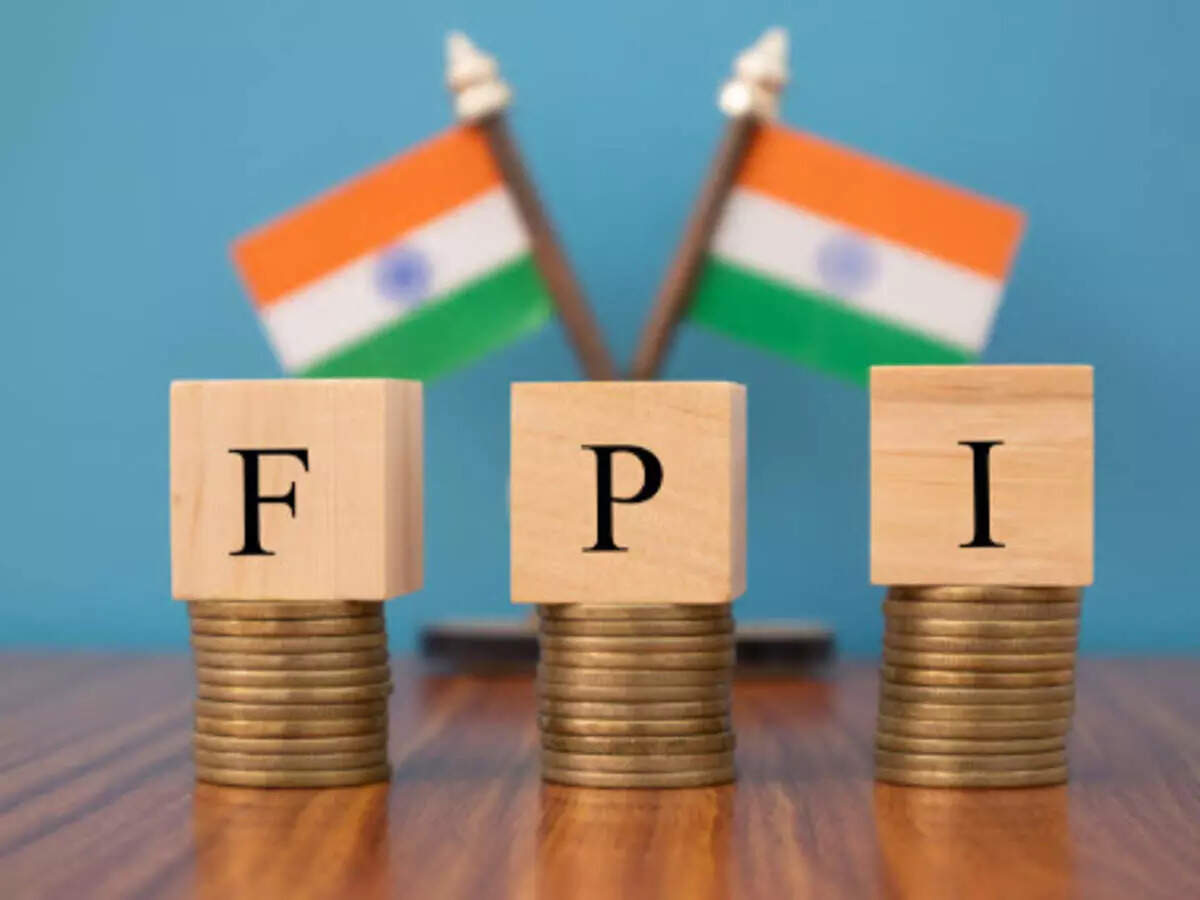
The outflow of money from Dalal Street seems to be unending as foreign institutional investors (FIIs) sold Indian stocks worth over Rs 50,000 crore in the month of June alone, market data shows. With this, the total FII selloff in the first six months of this calendar year now stands at Rs 223,944 crore.
June was the ninth consecutive month of outflows by foreign investors from Indian equities. While FIIs are using any rise to sell, domestic investors are using the dips to buy.
“If the market rises in July anticipating or responding to good Q1 results, FPIs may again sell. This trend will halt only when the dollar stabilises and US bond yields decline,” Dr VK Vijayakumar, Chief Investment Strategist at Geojit Financial Services, said.
He said the massive capital outflow has significantly contributed to the depreciation in Indian rupee, which breached the 79 mark to the US dollar recently. The relentless FPI selling has to be seen in the context of steadily rising dollar and bond yields in the US, Vijayakumar said, adding that FPIs are selling more in countries with rising current account deficits (CAD) like India because the currencies of such countries are vulnerable to further depreciation.
A report by domestic brokerage ICICI Securities shows that the bulk of the FPI selling has been concentrated around financials and IT stocks (93% contribution).
“Large scale outflows from Indian equities by FPIs have been largely driven by the fear of aggressive quantitative tightening by the US central bank to tame inflation and relatively higher valuations of Indian equities,” it said.
Although market valuations have rationalised significantly from the peak in October last year and the fear of a structural increase in inflation is reducing as global commodity prices decline over the recent past, the risk still remains in terms of elevated CPI inflation and crude oil prices which are yet to climb down meaningfully from their recent peaks, it said.
(Disclaimer: Recommendations, suggestions, views and opinions given by the experts are their own. These do not represent the views of Economic Times)